Plant control
Home » Plant control
Plant Pest Management
At Rentokil Rural, we specialise in the comprehensive management of plant pests that threaten New Zealand’s landscapes and ecosystems. Our team is equipped with a range of advanced techniques and tools to control and eradicate invasive plant species, from wilding conifers to aggressive weeds. With a focus on sustainability and environmental responsibility, we tailor our methods to each specific challenge, ensuring the most effective, site-specific solutions. Whether it’s through targeted herbicide applications, mechanical control, or aerial methods, our approach is designed to safeguard New Zealand’s native flora and enhance the resilience of our landscapes for future generations.
Wilding Conifers
The negative impacts of wilding pines are diverse and significant, and can be grouped into 4 main headings; water, fire, land-use and biodiversity. Wilding pines are already changing the look and feel of our natural landscapes. They also have the potential to significantly change our way of life if we don’t prevent their spread. If left uncontrolled and allowed to spread, these species of wilding pine can completely take over the landscape. They can form dense forests that acidify the soil, have a thick canopy on top and can shade out the native plants and animals that once thrived. They soak up ground water in the soil, drying out natural tarns and wetlands, lowering river flows, affecting underground aquifer levels and productivity of the land for farmers. This has potential to affect hydroelectricity production too.
Exotic Weeds
At Rentokil Rural, we are committed to the protection of New Zealand’s high-value waterways and the ecosystems they support. Invasive weeds pose a significant threat to these fragile environments, disrupting biodiversity, water quality, and native species. Our approach to invasive weed control is designed to safeguard these vital ecosystems, employing tailored, environment-specific methods to address the unique challenges of each site. By carefully selecting control strategies based on terrain, infestation scale, and ecological sensitivity, we help preserve the health and integrity of New Zealand’s waterways for future generations.
Restoration
Beyond our core focus on pest species removal, Rentokil Rural has expanded its operations to include large-scale restoration projects across diverse sites in the South Island of New Zealand. This commitment to conservation goes beyond control—it’s about revitalising ecosystems for long-term sustainability.
Through extensive restoration initiatives, our teams actively contribute to the recovery of natural habitats, fostering biodiversity and strengthening ecological resilience. By reintroducing a diverse range of native flora, we create essential wildlife habitats, improve soil health, and restore ecological balance, ensuring that these landscapes thrive for generations to come.
Track Cutting
Whether it is maintaining an existing track or implementing the design and completion of a new track, our team are experts in clearing land of a variety of species, including native or exotic trees, gorse and broom and scrub. Scrub bars and chainsaws are the most utilised tool for this type of work.
Plant Pest Management
At Rentokil Rural, we specialise in the comprehensive management of plant pests that threaten New Zealand’s landscapes and ecosystems. Our team is equipped with a range of advanced techniques and tools to control and eradicate invasive plant species, from wilding conifers to aggressive weeds. With a focus on sustainability and environmental responsibility, we tailor our methods to each specific challenge, ensuring the most effective, site-specific solutions. Whether it’s through targeted herbicide applications, mechanical control, or aerial methods, our approach is designed to safeguard New Zealand’s native flora and enhance the resilience of our landscapes for future generations.
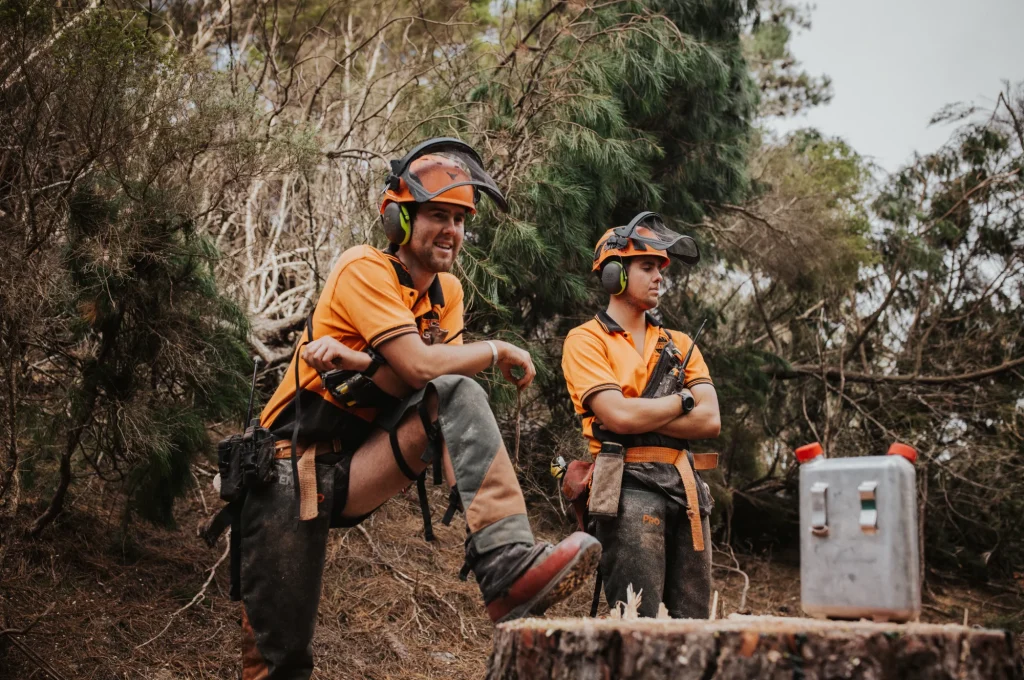
Wilding Conifers
The negative impacts of wilding pines are diverse and significant, and can be grouped into 4 main headings; water, fire, land-use and biodiversity. Wilding pines are already changing the look and feel of our natural landscapes. They also have the potential to significantly change our way of life if we don’t prevent their spread. If left uncontrolled and allowed to spread, these species of wilding pine can completely take over the landscape. They can form dense forests that acidify the soil, have a thick canopy on top and can shade out the native plants and animals that once thrived. They soak up ground water in the soil, drying out natural tarns and wetlands, lowering river flows, affecting underground aquifer levels and productivity of the land for farmers. This has potential to affect hydroelectricity production too.
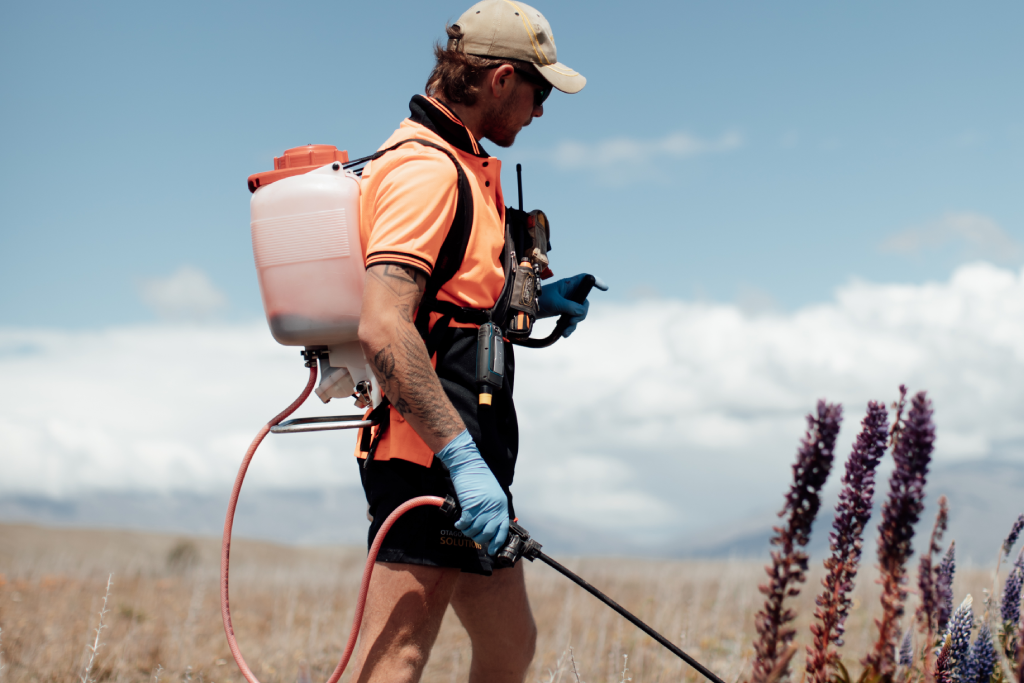
Exotic Weeds
At Rentokil Rural, we are committed to the protection of New Zealand’s high-value waterways and the ecosystems they support. Invasive weeds pose a significant threat to these fragile environments, disrupting biodiversity, water quality, and native species. Our approach to invasive weed control is designed to safeguard these vital ecosystems, employing tailored, environment-specific methods to address the unique challenges of each site. By carefully selecting control strategies based on terrain, infestation scale, and ecological sensitivity, we help preserve the health and integrity of New Zealand’s waterways for future generations.
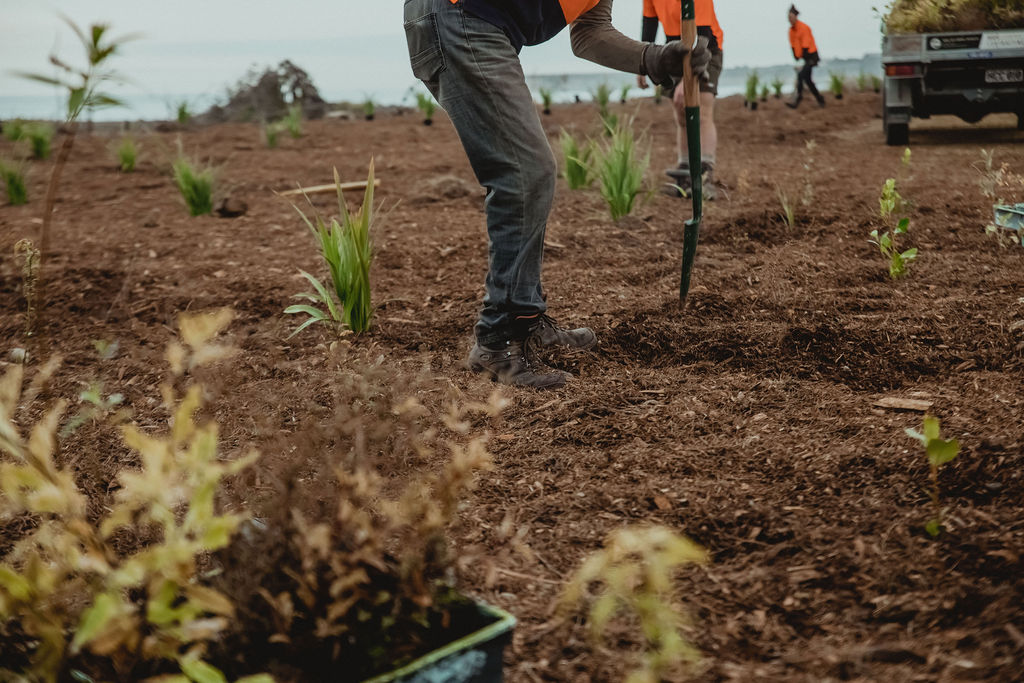
Restoration
Beyond our core focus on pest species removal, Rentokil Rural has expanded its operations to include large-scale restoration projects across diverse sites in the South Island of New Zealand. This commitment to conservation goes beyond control—it’s about revitalising ecosystems for long-term sustainability.
Through extensive restoration initiatives, our teams actively contribute to the recovery of natural habitats, fostering biodiversity and strengthening ecological resilience. By reintroducing a diverse range of native flora, we create essential wildlife habitats, improve soil health, and restore ecological balance, ensuring that these landscapes thrive for generations to come.

Track Cutting
Whether it is maintaining an existing track or implementing the design and completion of a new track, our team are experts in clearing land of a variety of species, including native or exotic trees, gorse and broom and scrub. Scrub bars and chainsaws are the most utilised tool for this type of work.
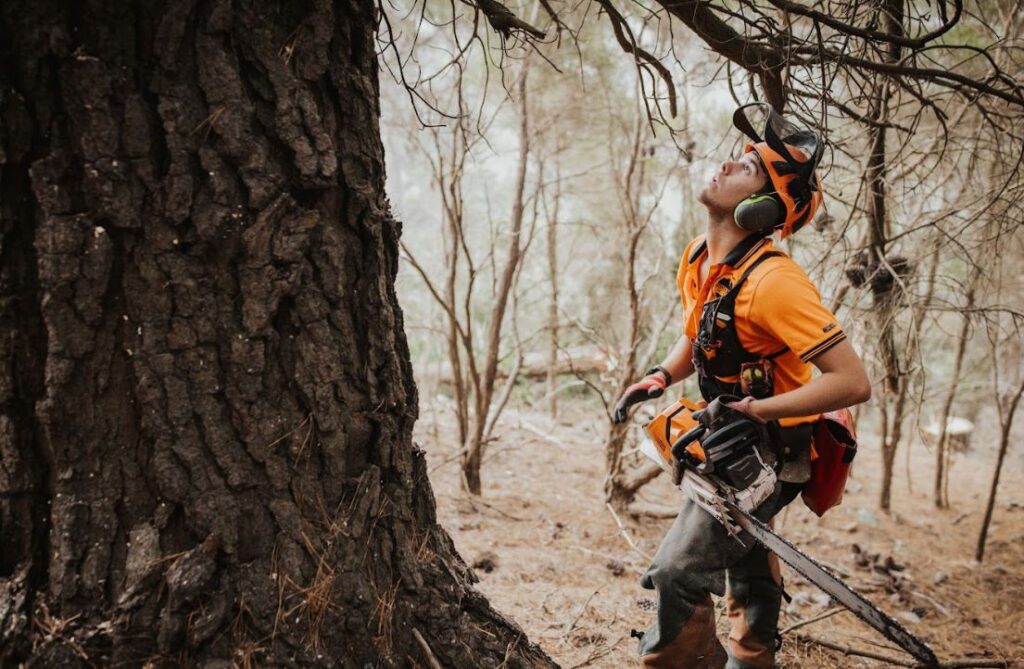
Methodologies
Manual extraction involves the physical removal and cutting of invasive plant species using hand tools. This method is particularly effective for small to medium-sized infestations and in areas where mechanical or chemical control methods may not be suitable. To further enhance the effectiveness of this technique, herbicide gel is often applied directly to the stump after cutting, ensuring that the plant is completely eradicated by preventing any chance of regrowth.
Our team is highly skilled in chainsaw operations, with certified operators holding Hazardous Trees qualifications, ensuring the safe and efficient removal of wilding trees, even in challenging environments. We adhere strictly to approved codes of practice and industry standards, ensuring that every operation is carried out with the utmost care for safety, environmental impact, and long-term effectiveness. This method is particularly beneficial in areas other control techniques, such as chemical treatments, may not be suitable.
Drill-and-fill is a precise and effective method used to control large wilding trees or those in difficult-to-access areas. In this process, herbicide is injected directly into holes drilled into the tree trunk, allowing the chemical to target the tree from the inside and kill it. This method is particularly useful for wilding trees that are too large or hazardous to fell using chainsaws, or when felling could potentially damage surrounding vegetation. It’s also ideal for sensitive environments, such as areas near native habitats, where minimising disturbance is essential.
Aerial Basal Bark Application (ABBA) is an efficient and targeted method for controlling wilding trees and other invasive species. This technique involves ring-barking trees by applying herbicide directly to the trunk, with precise control ensured through a wand operated aboard a helicopter. ABBA is particularly effective in hard-to-reach or expansive areas, allowing for rapid, large-scale treatment of invasive trees. Our team uses the latest technology and follows approved codes of practice to ensure safe, effective, and environmentally responsible application, minimising impact on surrounding vegetation and ecosystems. This method is ideal for treating larger infestations in remote or rugged terrain where ground-based methods are less feasible.
Aerial Foliar Spray Application (AFSA), also known as “boom-spray,” is a highly effective method for controlling dense infestations of invasive trees and plants. This technique involves the precise application of herbicide to the foliage of multiple trees using a helicopter equipped with a fixed spray boom. AFSA is ideal for large-scale operations in hard-to-reach or expansive areas, allowing for efficient treatment of widespread infestations while minimising impact on surrounding vegetation and the broader landscape.
Our herbicide application involves targeted spraying programs designed to effectively control invasive species while prioritising environmental safety. Using knapsacks or gun and hose systems, we apply environmentally safe herbicides directly to the targeted vegetation, ensuring minimal impact on surrounding flora and fauna. This method allows for precise control, especially in sensitive areas or locations where larger-scale applications might not be suitable.
Where traditional aerial control methods may fall short, Rentokil Rural leverages the DJI Agras T50 spray drone to deliver targeted herbicide applications for both wilding conifers and invasive weeds in sensitive environments. Equipped with quad variable-rate nozzles and RTK station integration, the T50 ensures millimetre-level precision, making it an invaluable tool for controlling invasive vegetation near waterways, native ecosystems, and rugged terrain.
With high-capacity payloads, advanced radar, and AI-driven flight control, the Agras T50 optimises efficiency, accuracy, and environmental responsibility. This technology minimises herbicide use while maximising effectiveness, reinforcing its role as a key component of our integrated vegetation control strategies.
To enhance monitoring and control efforts, Rentokil Rural utilises the DJI Matrice 350 RTK, paired with the industry-leading Zenmuse P1 camera, to capture high-resolution aerial imagery for precise mapping and monitoring of both wilding conifer infestations and invasive weed proliferation.
By integrating color spectrum analytics, we can track vegetation density and spread down to the individual tree or weed patch, providing a data-driven foundation for targeted control operations.
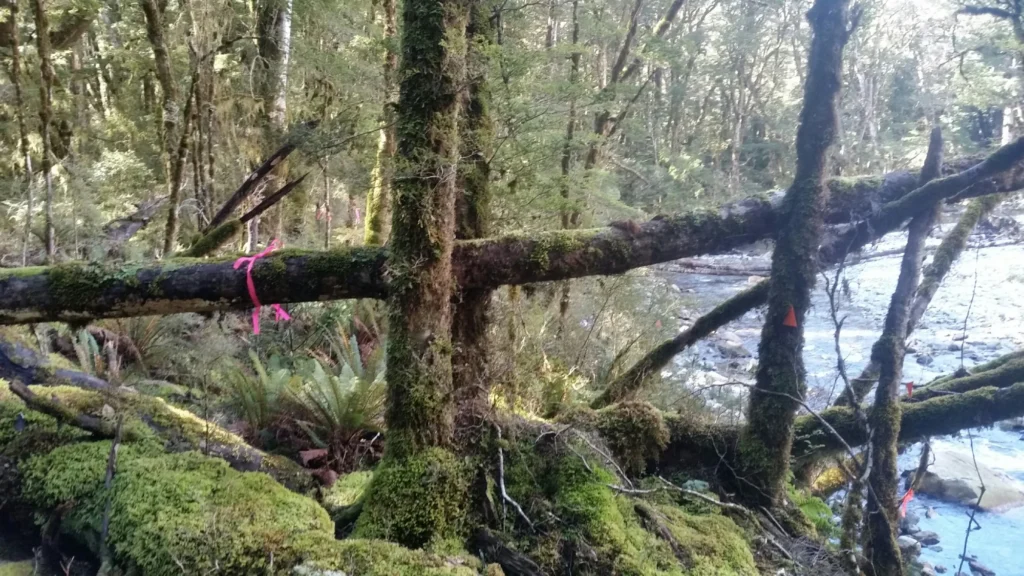
Methodologies
Manual extraction involves the physical removal and cutting of invasive plant species using hand tools. This method is particularly effective for small to medium-sized infestations and in areas where mechanical or chemical control methods may not be suitable. To further enhance the effectiveness of this technique, herbicide gel is often applied directly to the stump after cutting, ensuring that the plant is completely eradicated by preventing any chance of regrowth.
Our team is highly skilled in chainsaw operations, with certified operators holding Hazardous Trees qualifications, ensuring the safe and efficient removal of wilding trees, even in challenging environments. We adhere strictly to approved codes of practice and industry standards, ensuring that every operation is carried out with the utmost care for safety, environmental impact, and long-term effectiveness. This method is particularly beneficial in areas other control techniques, such as chemical treatments, may not be suitable.
Drill-and-fill is a precise and effective method used to control large wilding trees or those in difficult-to-access areas. In this process, herbicide is injected directly into holes drilled into the tree trunk, allowing the chemical to target the tree from the inside and kill it. This method is particularly useful for wilding trees that are too large or hazardous to fell using chainsaws, or when felling could potentially damage surrounding vegetation. It’s also ideal for sensitive environments, such as areas near native habitats, where minimising disturbance is essential.
Aerial Basal Bark Application (ABBA) is an efficient and targeted method for controlling wilding trees and other invasive species. This technique involves ring-barking trees by applying herbicide directly to the trunk, with precise control ensured through a wand operated aboard a helicopter. ABBA is particularly effective in hard-to-reach or expansive areas, allowing for rapid, large-scale treatment of invasive trees. Our team uses the latest technology and follows approved codes of practice to ensure safe, effective, and environmentally responsible application, minimising impact on surrounding vegetation and ecosystems. This method is ideal for treating larger infestations in remote or rugged terrain where ground-based methods are less feasible.
Aerial Foliar Spray Application (AFSA), also known as “boom-spray,” is a highly effective method for controlling dense infestations of invasive trees and plants. This technique involves the precise application of herbicide to the foliage of multiple trees using a helicopter equipped with a fixed spray boom. AFSA is ideal for large-scale operations in hard-to-reach or expansive areas, allowing for efficient treatment of widespread infestations while minimising impact on surrounding vegetation and the broader landscape.
Our herbicide application involves targeted spraying programs designed to effectively control invasive species while prioritising environmental safety. Using knapsacks or gun and hose systems, we apply environmentally safe herbicides directly to the targeted vegetation, ensuring minimal impact on surrounding flora and fauna. This method allows for precise control, especially in sensitive areas or locations where larger-scale applications might not be suitable.
Where traditional aerial control methods may fall short, Rentokil Rural leverages the DJI Agras T50 spray drone to deliver targeted herbicide applications for both wilding conifers and invasive weeds in sensitive environments. Equipped with quad variable-rate nozzles and RTK station integration, the T50 ensures millimetre-level precision, making it an invaluable tool for controlling invasive vegetation near waterways, native ecosystems, and rugged terrain.
With high-capacity payloads, advanced radar, and AI-driven flight control, the Agras T50 optimises efficiency, accuracy, and environmental responsibility. This technology minimises herbicide use while maximising effectiveness, reinforcing its role as a key component of our integrated vegetation control strategies.
To enhance monitoring and control efforts, Rentokil Rural utilises the DJI Matrice 350 RTK, paired with the industry-leading Zenmuse P1 camera, to capture high-resolution aerial imagery for precise mapping and monitoring of both wilding conifer infestations and invasive weed proliferation.
By integrating color spectrum analytics, we can track vegetation density and spread down to the individual tree or weed patch, providing a data-driven foundation for targeted control operations.
To enhance monitoring and control efforts, Rentokil Rural utilises the DJI Matrice 350 RTK, paired with the industry-leading Zenmuse P1 camera, to capture high-resolution aerial imagery for precise mapping and monitoring of both wilding conifer infestations and invasive weed proliferation.
By integrating color spectrum analytics, we can track vegetation density and spread down to the individual tree or weed patch, providing a data-driven foundation for targeted control operations. This enhanced monitoring capability ensures:
- Improved treatment efficiency
- Minimised unnecessary herbicide application
- More effective long-term invasive species management
By combining precision UAV spraying and high-resolution imaging, Rentokil Rural continues to drive innovation in large-scale, sustainable wilding conifer and invasive weed control.
Who We Work With
We partner with a wide range of organisations, including government agencies, conservation groups, and private landowners. Our clients include: Environment Canterbury, Waikato Regional Council, Auckland Council, Bay of Plenty Regional Council, Horizons Regional Council,National Westland Trust, Mackenzie District Council, Dunedin City Council, Otago Regional Council, Timaru District Council, Zero Invasive Predators, Otago Peninsula Biodiversity Group, Boffa Miskell New Zealand, Department of Conservation, Project Janszoon, Ngai Tahu, Zolve Environmental, MPI, Port Blakely Ltd, Central North Island Sika Foundation, OSPRI NZ, Pest Free Banks Peninsula, Winstone Aggregates, New Zealand Defence Force, TBfreeNZ, Pest Free Dunedin etc…
